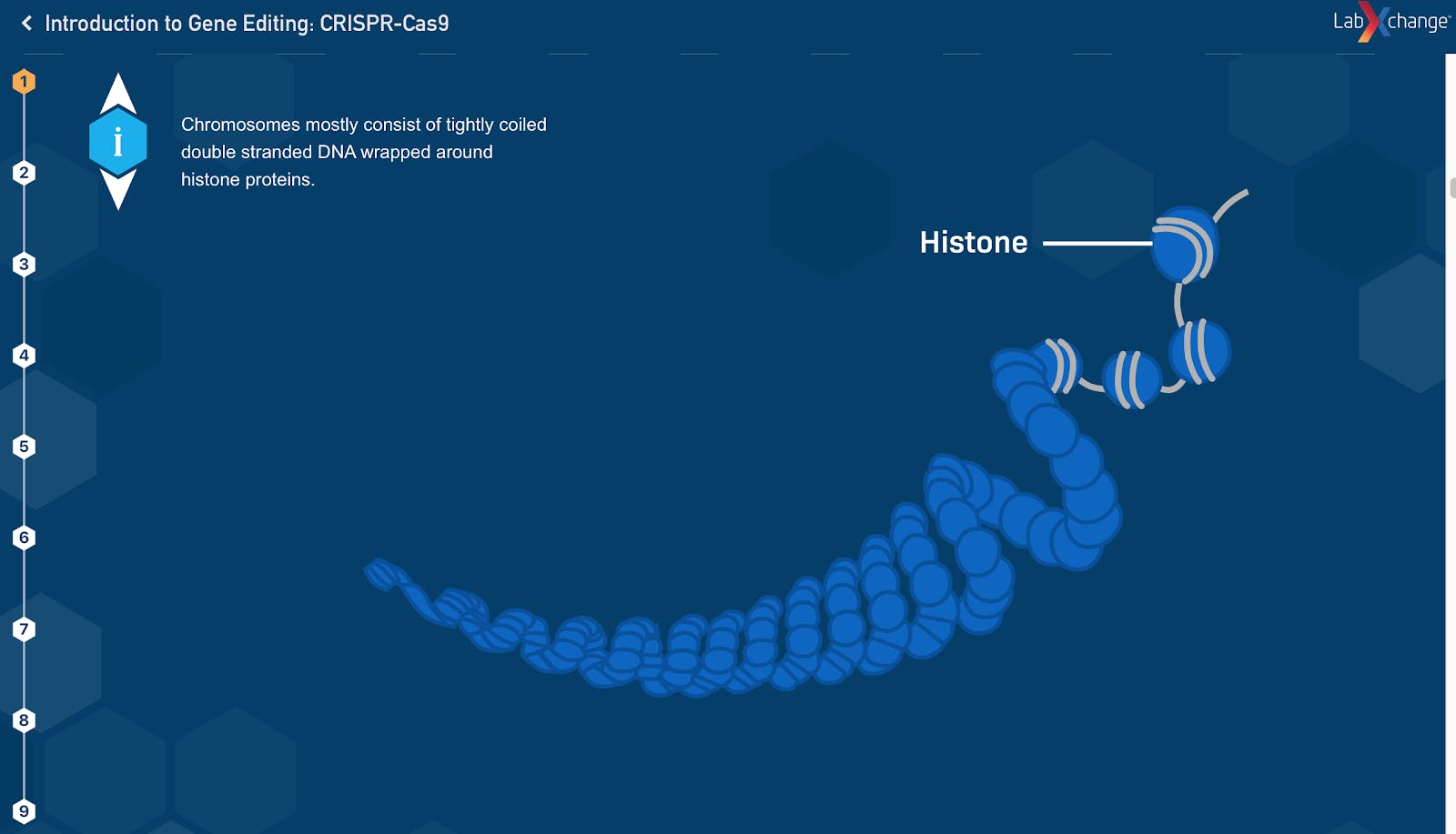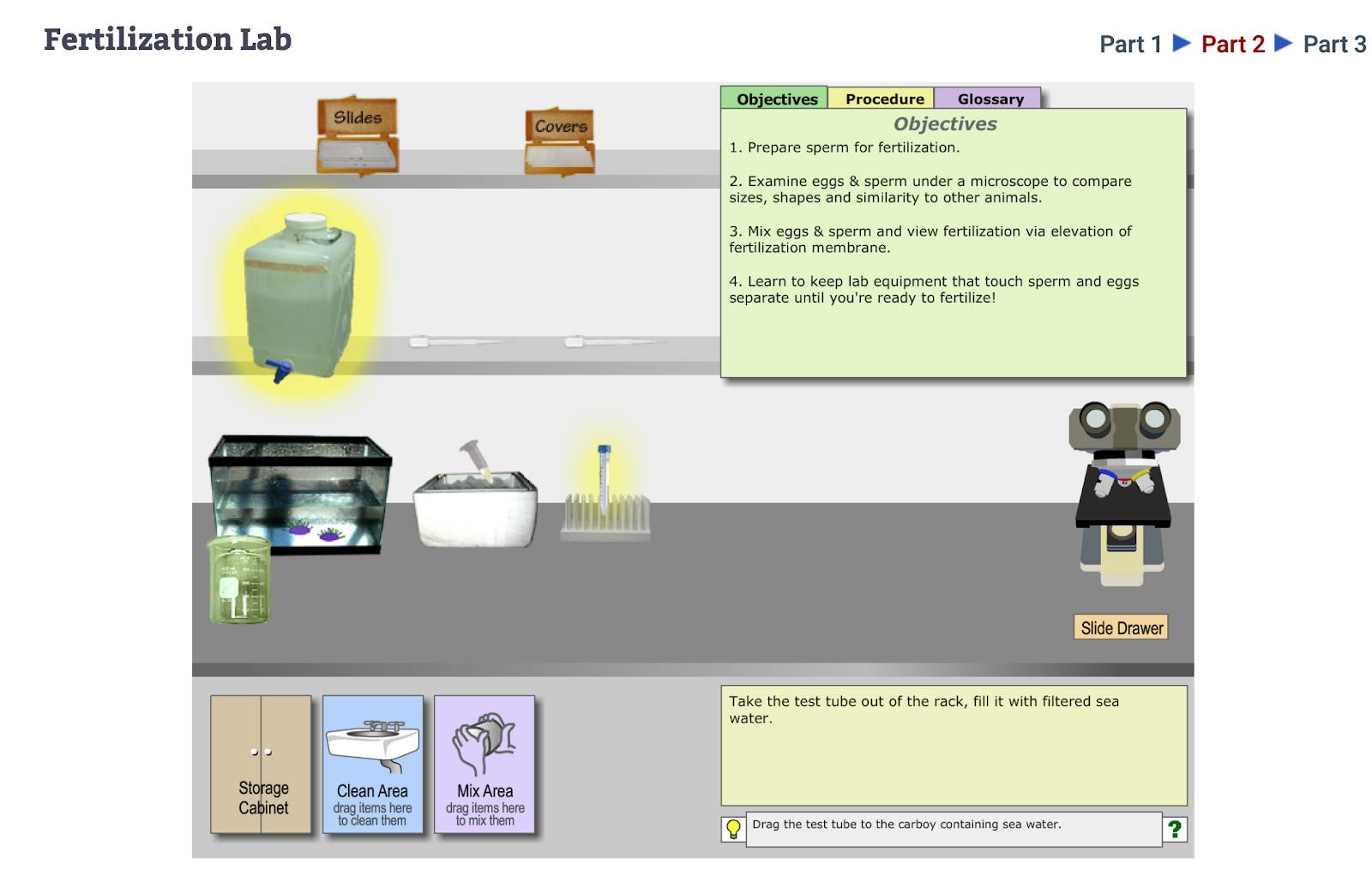Zero to Hero: Getting started in the Life Sciences
By Carlos Mercado-Lara
May 23, 2020 · 7 minute read
This blog is written for those of you who are looking to get involved in the life sciences. The life sciences, predominantly Biology and Chemistry, have given rise to fields such as Biological engineering, Biochemistry, Chemical Engineering, Biophysics, and Molecular biology. There are many discoveries being made in these fields during the time that passes writing this blog. In fact, only recently were we able to map the human genome. Considering how long life has been on earth, it is fascinating how there is always more to uncover. Thanks to recent technological levels that have allowed researchers to dive deeper into the macroscopic level of life, it is crucial for students to develop the skills needed to comprehend and appreciate the life sciences. In this blog, I will help navigate you through some of the best resources available online regardless of what you are interested in for the life sciences.
Getting Started
As with any science field, it is crucial that you become familiar with some of the processes and interactions that govern life. Therefore, there are many useful sources online that will allow you to kick-start your career in the life sciences.
For starters, Khan Academy is a phenomenal website that will allow you to explore a broad variety of topics within the life sciences. The site offers tutorials ranging from concepts such as the Krebs cycle, photosynthesis, oxidation, and reduction reactions. We highly recommend this website to any student who does not have a strong background in the life sciences. https://www.khanacademy.org/science/biology/chemistry--of-life
If you’re more interested in participating in in-depth courses openly available online, we recommend that you check out the MIT OpenCourseWare website https://ocw.mit.edu/courses/find-by-department/ . This link will take you to the introductory classes in specific scientific fields that are similar to senior courses at your high schools. They are available at your own pace and offer a cocktail of interesting topics.
Digging Deeper
Due to the advancements made unanimously across all fields through the help of computational resources, coding has become an important skill set in many fields. Although there are many programming languages that you can learn, there are only a few that are used predominantly in STEM applications: R, Python, and Matlab. For R and Python, there are many resources that are mentioned in our last week’s blog that I have linked here: https://sciteens.org/blog/zero-to-hero-ai These languages are useful since they can make your life easier when analyzing large data sets.
Matlab is a common tool used by most engineers and scientists today. As astronauts go through training in simulators before heading into space, similarly, MatLab allows scientists and engineers to create models, graphs, and simulations that grants the user a better understanding of what will occur or is happening in real-time. Matlab is not free but it comes with a 30-day free trial. If you want to make the most out of these 30 days, I suggest you start off by taking free MATLAB courses on EdX. EdX is a free platform that offers many courses that you can profit from and learn new technical skills. For MATLAB, the introductory course provides the foundations necessary to navigate MATLAB successfully. https://www.edx.org/learn/matlab. Once your free trial ends, you can explore using the Octave programming language. Octave is nearly identical to MATLAB, although it is missing some of the core functionality provided through MATLAB. To get started with Octave, we recommend checking out the language’s website at https://www.gnu.org/software/octave/.
There's Never Enough Bio and Chem Resources
Biology and Chemistry are everywhere. As cliche as this may sound, many of the processes occurring around us are a direct result of biological phenomena. It is both a blessing and a curse as it provides us with lots of rich hints to how mother nature works but so many that I could probably take up ten notebooks just writing about respiration.
Biology, Biological Engineering, Molecular Biology, and Biochemistry all involve a theory-based aspect and a laboratory-based aspect. For those of you planning on doing an experiment in the life sciences, it is possible that you may require having access to a laboratory or simple measuring tools. For the lab component, oftentimes you will hear the term wet lab. It is not a lab where you get wet or soaked in chemicals(Yikes), it is a laboratory room where you can do experiments and get a hands-on approach learning some of the techniques or experiments that you learn about in the textbook. You will also hear the term dry lab mostly involves computational work. Depending on the complexity project, you might need special equipment but for the most part, the resources mentioned above for data analysis might suffice.
At my high school, we were fortunate enough to have a wet lab so I was able to develop some common lab skills there. However, many schools do not have direct access to wet labs. For those of you who's schools do not offer, reach out to your local university to see if they can give you access to their lab spaces or if there is a researcher you can shadow. Also, there might be summer programs that are around your area that focus on providing students that don't have the experience, a cool way of getting immersed! Make sure to check out the vast programs listed on our website and filter them by providing your zip code. Some of these programs offer financial aid or are free for students who get accepted.
If you can’t get involved in a wet lab, the best thing to take advantage is from online simulations and virtual labs.
There are many simulation tools that you can test to understand core concepts of the life sciences. Topics such as diffusion, membrane channels, and gene expression can be played around with thanks to one such online simulation tool offered by the University of Colorado, Boulder. Their simulator allows you to explore a variety of biological simulations that are free to download at https://phet.colorado.edu/en/simulations/category/biology.
An additional tool is LabXchange, where you can find introductory courses to some of the most exciting topics that are developing and it also provides interactive lessons. For example, there is a fantastic interactive course that provides an introduction to Genome Editing with CRISPR-Cas9. Here is an example of how the course program appears:

With very detailed and great visuals, this free platform offers you many modules where you can immerse yourself in topics that are related to the new advancements being made. https://www.labxchange.org/explore
Stanford University also offers virtual labs for only select topics that can be found here: http://virtuallabs.stanford.edu Ranging from Neuroscience to Physiology, tutorials can be found on what the virtual labs cover and are super interesting. Take a look at this image below, which basically teaches you how to inject sea urchins for fertilization. This definitely provides you insight on how some of these interesting procedures are conducted online. Not sure how to use the microscope shown in this image? No worries! This website also provides tutorials on how to use a light microscope as the one shown in this image.

Don't have the means to gain laboratory experience at your local high school or in your hometown? Interested in learning more and getting invested in the life sciences? Make sure to click on the links provided throughout this blog. We are living in the 21st century and thanks to technological advancements and landmarks such as crispr 9, mapping the human genome, and tissue engineering, life science are more exciting than ever. To begin, it is important to have a solid background in the material so start off by warming up with Khan Academy, MIT open course ware, and other tutorial videos available online. Once you have a certain field that interests you or if you have one already, make sure to check out the online simulations that can offer you more insight on some of these topics and give you a virtual experience of what certain experiments entail. Also, make sure to check out our other blogs that cover different topics as well!
Did you enjoy this article?